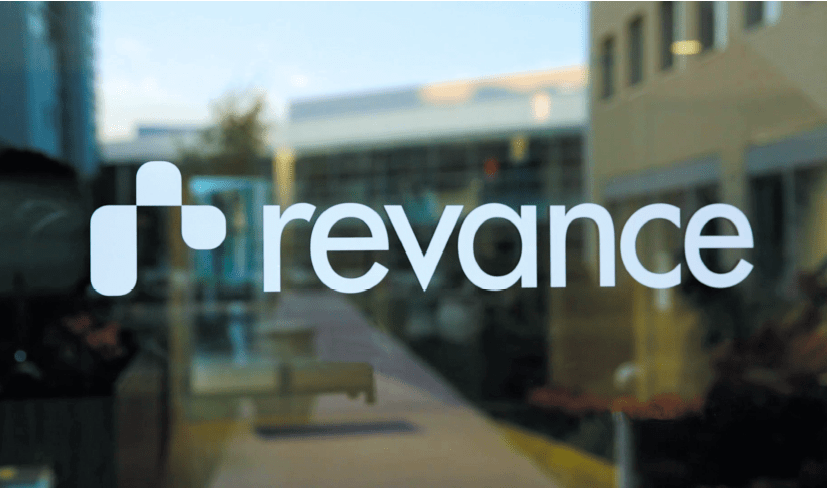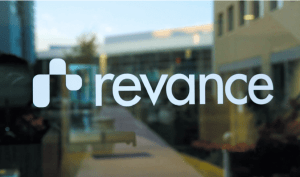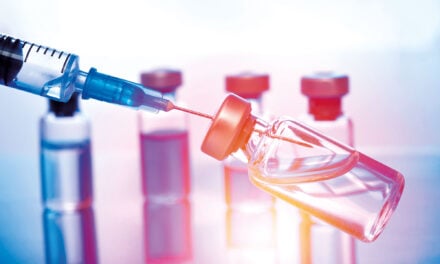Wendy Lewis investigates the company’s plans for seeking FDA approval of the first potentially long-acting neuromodulator
ALTHOUGH THERE ARE SEVERAL neuromodulators around the world that have yet to enter the US market, there is a definite void noted among aesthetic injectors for something that performs in a new and unique way, in the US and abroad. A neuromodulator with a unique characteristic like longer lasting effects, would offer a distinct advantage to overcome the obstacle of patients who are hesitant to commit to quarterly visits because of time, money, or needle fatigue, and to encourage more patients to enter the market to get treated.
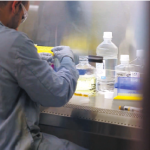
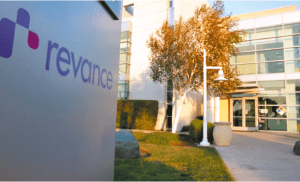
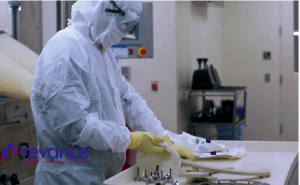
‘In addition, our current physician and consumer research clearly indicates that the market for neurotoxins is underpenetrated, currently at a range of only 10%. The number one request we see from both physicians and consumers, is for a long-lasting neuromodulator, which RT002 will be poised to address at launch,’ says Mr. Browne.

Dan Browne, Co-founder, President and CEO of Revance

Sabrina Fabi, MD, dermatologist and investigator, La Jolla, CA
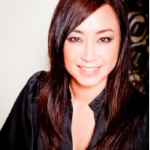
Jackie Yee, MD, plastic surgeon, Miami, FL

Shannon Humphrey, MD, dermatologist and investigator, Vancouver, CA
The neuromodulator market 2018
At the end of 2018, the US market had three neuromodulator players that have achieved FDA approval for cosmetic indications. The first was, of course, BOTOX® (Allergan, Inc.) in 2002, followed by Dysport® (Galderma) in 2009, and then by Xeomin® (Merz) in 2011. Evolus™ is developing a 900 kDa Botulinum toxin Type A complex, a potentially lower cost alternative and is anticipated to enter the market in 2019.
According to the IMCAS Tribune1, among the top four market segments, injectable products comprising botulinum toxin and fillers is ranked as the largest segment in terms of value (42%), and the market is projected to grow by an average of 7.9% per year until 2021, from $4.4B to $6.0B.
RT002 is not just positioned as a glabellar line drug. It has versatility that Revance is exploring in the use and dosage of RT002 in the upper face, and an expansion into a broad range of neurological, musculoskeletal, and pain conditions. According to Browne, ‘Our proprietary peptide technology was designed to create a pipeline of novel, differentiated therapies, that redefine the value of neuromodulator treatment and drives consumers and providers to demand performance and convenience that is achieved through twice a year neuromodulator treatment.’
Dermatologist and investigator, Sabrina Fabi, MD, a dermatologist in La Jolla, CA believes that RT002 may help grow aesthetic practices. ‘Presently the longevity of results we can expect from neuromodulators as they are dosed and respectively priced is a limiting factor for some of my patients when deciding what aesthetic treatment to undergo. Just as we saw with fillers, when an HA filler was found to be safe and maintain a longevity of up to two years, and the cost wasn’t doubled or tripled, patients found the cost benefit to be worth it. As a result, my filler practice grew. I anticipate that a longer lasting neuromodulator that is appropriately priced will finally make the perceived investment worth it for many patients who could benefit from the procedure and have held back,’ she says.
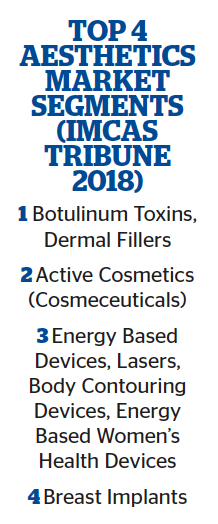
There are additional benefits for practitioners, cites Dr. Yee. ‘For injectors, seeing patients for maintenance less often allows for more time in our schedules to see and treat new patients. In addition, any patients that have been reluctant to enter the aesthetic space because neuromodulators only last three months may be more likely to get injected once they learn there is a longer lasting alternative. Having a longer lasting neuromodulator is sure to be attractive and beneficial to any patients that are needle phobic or consider their injections uncomfortable,’ she says.
Mr. Browne says, ‘In the sheer evolution of healthcare, medications in all categories have gone from high frequency of use to a lower frequency of use, making them more patient-friendly and doctor-friendly. This follows trends across industries to move to more convenient options, which many consider an upgrade in their treatment regimens. In addition, when products go from high to low frequency of usage, you not only see an increase in adherence and compliance, but the market itself will organically expand.
Positive clinical data
In December 2017, Revance reported two Phase 3 clinical trials (SAKURA 1 and 2) that demonstrated RT002’s ability to provide patients long-acting performance and duration of effect, with potentially just two treatments a year in both glabellar lines. In December 2018, the Phase 3 open-label, long-term safety study (SAKURA 3) was the final step in the SAKURA programme. The study enrolled nearly 2,700 patients across 66 reputable sites who received more than 3,800 treatments — up to three per patient — and were followed for more than 18 months. Overall, safety findings were consistent with the known profiles for currently available neuromodulators in aesthetics. Results confirmed that RT002 was generally well-tolerated, and no new tolerability or safety concerns were reported.

Vince Bertucci, MD,FRCPC, dermatologist and investigator, Toronto, CA

. Grant Stevens, plastic surgeon, Marina Del Rey, CA and President of the American Society for Aesthetic Plastic Surgery (ASAPS)
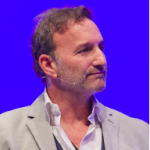
Steven Dayan, MD, MD, plastic surgeon, Chicago, IL
According to investigator and dermatologist Shannon Humphrey in Vancouver, CA, ‘The safety and efficacy data from SAKURA 1 and 2 were impressive, but now that we look at SAKURA 3, we’ve increased the numbers of participants and investigators and we continue to see really high levels of efficacy and favourable side-effect profiles. My personal observations around duration efficacy were consistent with the reported data.’
She continues, ‘I think RT002 will have a place in my practice. I really see two areas that it might fit in. First, in terms of duration, it’s a great opportunity to synchronise neuromodulator treatments with fillers and other treatments in my practice that we offer to patients twice a year. I also think there is a place to offer patients something that is truly differentiated, and I like to bring the best in terms of science for my patients.’
Based on investigator assessment, more than 95% of patients achieved a score of none or mild glabellar lines at maximum frown at week 4 after each of three treatments. Measuring duration of effect, the median time to return to baseline glabellar line severity was 28 weeks. Median time to loss of none or mild wrinkle severity was 24 weeks, with consistent results across age ranges, gender, and prior toxin user sub-groups. These results were also consistent with findings from SAKURA 1 and 2, positioning Revance to submit a BLA to the FDA, expected in the first half of 2019.
According to Toronto dermatologist and investigator Vince Bertucci, M.D., FRCPC, ‘In my experience, market penetration for botulinum toxins has been somewhat limited by the fact that the aesthetic benefits last only three to four months. If approved, I believe that the longer duration of effect will prompt some of those individuals sitting on the sidelines to enter the market and avail themselves of treatment. Given the Phase 3 SAKURA data confirming a longer duration of effect, injectable treatments may be more convenient for patients, but will also allow physicians to schedule patients more efficiently,’ he said.
Facial plastic surgeon Steven Dayan, MD anticipates RT002 to have early consumer interest. ‘Word of mouth among consumers in aesthetics is very strong, especially in light of social media, the emerging power of influencers, and the growth of online communities like RealSelf®. One patient tells another patient who tells another patient about what’s new and exciting. That kind of consumer buzz can be huge.’
The future looks promising
‘With the recent results of the Sakura 3 clinical trials, we are confident in RT002’s ability to produce consistent and predictable results and anticipate that those results will be reflected in our upcoming and differentiated label, if approved by the FDA in 2020. We have high expectations RT002 will drive meaningful growth in the approximately $4 billion global neuromodulator market. This is a molecule that behaves and performs differently than the existing products and we have demonstrated a commitment to innovation without creating an adverse safety profile,’ according to Mr. Browne.
Next, we are preparing for a 2019 Biologics License Application (BLA) submission for RT002 for the treatment of glabellar lines, while increasing our pre-commercial initiatives focused on understanding and breaking through the barriers to neuromodulator use that have stymied growth in the market,’ he said. Upon US FDA approval, Revance’s goal is to launch their first product in 2020.
Find out more at: REVANCE.COM
References:
- IMCAS Tribune Press Release, February 2018
- SAKURA 3 results presentation. Revance, December 2018. Available at: https://investors.revance.com/ static-files/44313e27-b5bf-46d1-a33d- 7b06902860e3 [Accessed December 23 2018]

